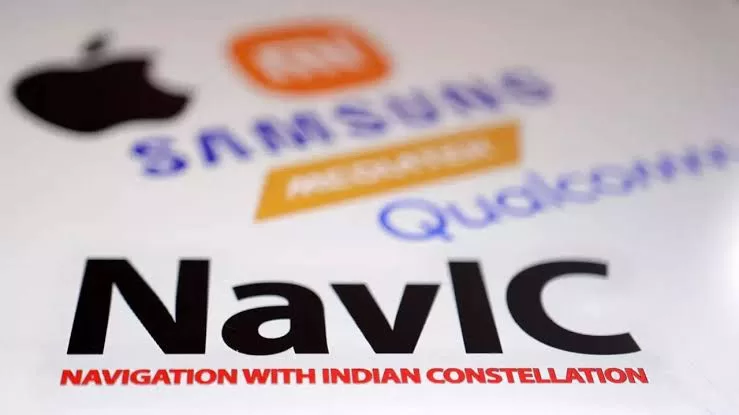India’s successful launch of the second-generation NavIC satellite on May 29 is a significant milestone in the country’s efforts to control its own positioning systems. The NavIC, or Navigation with Indian Constellation, is a regional navigation satellite system developed by the Indian Space Research Organisation (ISRO). The system provides accurate positioning, navigation, and timing services to users in India and its surrounding regions.

The second-generation NavIC satellites are equipped with more powerful payloads and improved atomic clocks, which will allow them to provide more accurate and reliable services. The new satellites will also have a longer lifespan, meaning that they will require less frequent replacement.
The launch of the second-generation NavIC satellites is a sign of India’s growing space capabilities and its commitment to developing indigenous technologies. The system will be used for a variety of applications, including navigation for ships, aircraft, and vehicles; precise timing for scientific research; and disaster management.

The launch of the second-generation NavIC satellites also sends a signal to other countries that India is serious about controlling its own positioning systems. This is important in the context of the growing rivalry between the United States and China in space. The United States operates the Global Positioning System (GPS), which is the most widely used navigation system in the world. China is developing its own navigation system, the BeiDou Navigation Satellite System (BDS).
The launch of the second-generation NavIC satellites gives India a more independent position in the global navigation system landscape. This will be important for India’s economic and strategic interests in the years to come.
Here are some of the benefits of India’s second-generation NavIC satellites:
- Improved accuracy and reliability: The new satellites are equipped with more powerful payloads and improved atomic clocks, which will allow them to provide more accurate and reliable services.
- Longer lifespan: The new satellites will have a longer lifespan, meaning that they will require less frequent replacement.
- Wider range of applications: The system will be used for a variety of applications, including navigation for ships, aircraft, and vehicles; precise timing for scientific research; and disaster management.
- Increased independence: The launch of the second-generation NavIC satellites gives India a more independent position in the global navigation system landscape. This will be important for India’s economic and strategic interests in the years to come.

